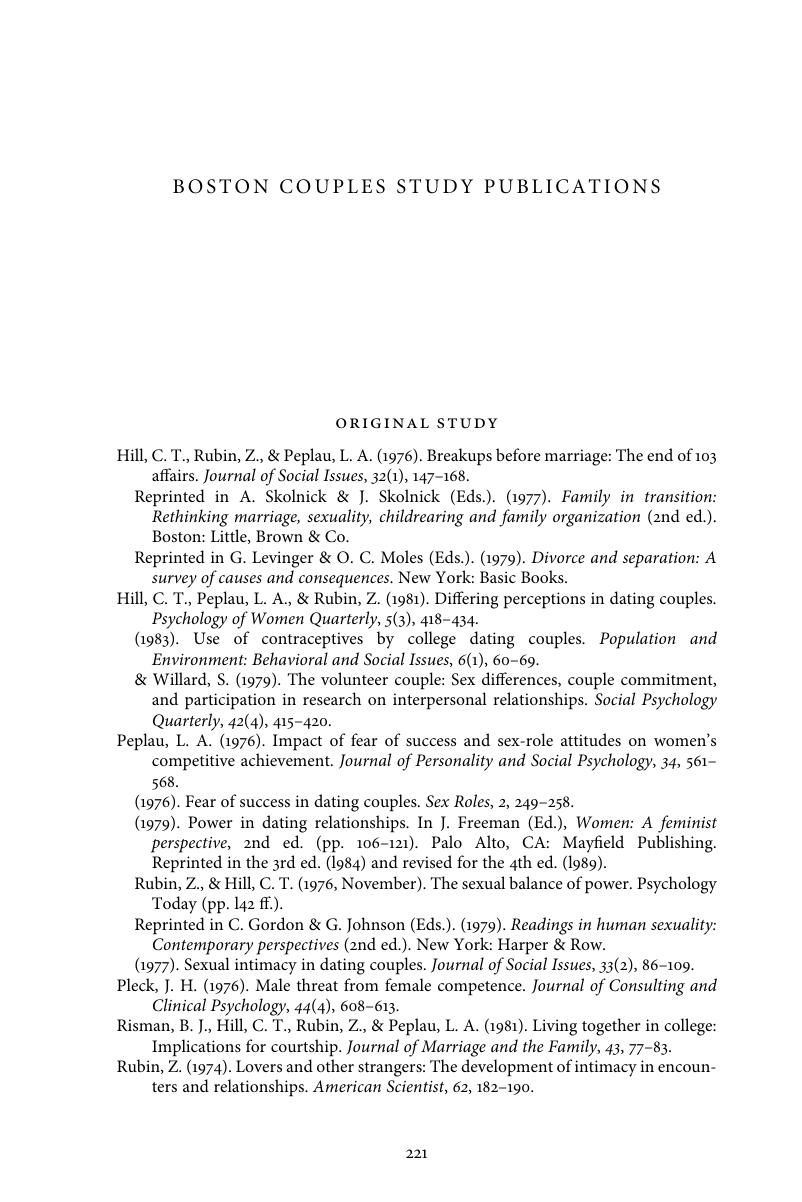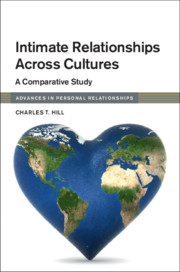Book contents
- Intimate Relationships Across Cultures
- Advances in Personal Relationships
- Intimate Relationships Across Cultures
- Copyright page
- Epigraph
- Contents
- Figures
- Tables
- Spotlights
- Collaborators
- Foreword
- Acknowledgments
- Introduction: Why Was This Book Written?
- 1 How Do We Know What Matters in Intimate Relationships?
- 2 Why Do People Seek Intimate Relationships?
- 3 How Are Intimate Partners Selected?
- 4 What Is Love and How Is Intimacy Expressed?
- 5 How Do Sexual Attitudes and Behaviors Matter?
- 6 What Are the Dynamics of Exchange and Power?
- 7 How Do Couples Cope with Conflict?
- 8 How Do External Factors Matter in Intimate Relationships?
- 9 How Do Intimate Relationships Relate to Well-Being?
- 10 How Do the Predictions Combine in Comprehensive Models?
- 11 How Much Do the Levels of Factors Vary?
- 12 What Are the Implications of the Study?
- 13 How Might the Findings Apply to Other Social Relationships?
- Epilogue: What Future Research Is Needed?
- Glossary of Statistical Terms
- Boston Couples Study Publications
- References
- Index
- References
Boston Couples Study Publications
Published online by Cambridge University Press: 21 June 2019
- Intimate Relationships Across Cultures
- Advances in Personal Relationships
- Intimate Relationships Across Cultures
- Copyright page
- Epigraph
- Contents
- Figures
- Tables
- Spotlights
- Collaborators
- Foreword
- Acknowledgments
- Introduction: Why Was This Book Written?
- 1 How Do We Know What Matters in Intimate Relationships?
- 2 Why Do People Seek Intimate Relationships?
- 3 How Are Intimate Partners Selected?
- 4 What Is Love and How Is Intimacy Expressed?
- 5 How Do Sexual Attitudes and Behaviors Matter?
- 6 What Are the Dynamics of Exchange and Power?
- 7 How Do Couples Cope with Conflict?
- 8 How Do External Factors Matter in Intimate Relationships?
- 9 How Do Intimate Relationships Relate to Well-Being?
- 10 How Do the Predictions Combine in Comprehensive Models?
- 11 How Much Do the Levels of Factors Vary?
- 12 What Are the Implications of the Study?
- 13 How Might the Findings Apply to Other Social Relationships?
- Epilogue: What Future Research Is Needed?
- Glossary of Statistical Terms
- Boston Couples Study Publications
- References
- Index
- References
Summary

- Type
- Chapter
- Information
- Intimate Relationships across CulturesA Comparative Study, pp. 221 - 222Publisher: Cambridge University PressPrint publication year: 2019



